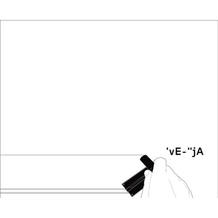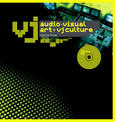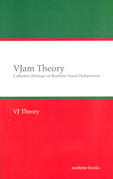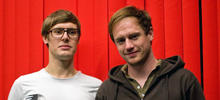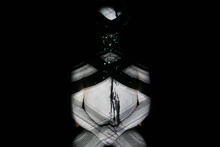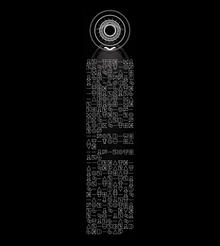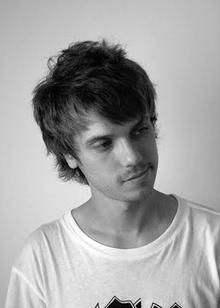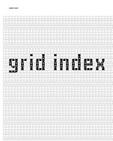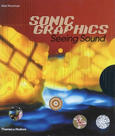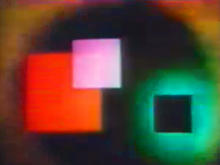Petard
(2003-08)is Depart's 'synapsisyntactical dewelloperawe', an audio-visual live performance for synced fragmented audio and video, mostly improvised live.
From 2003 to 2008 Depart performed as Petard. This is a short capture of a Petard audio-visual live performance at Cimatics in Brussels, Belgium using Pure Data's Gem and Native Instrument's Reaktor.
Depart used patched Reaktors and Gems to craft and drill shimmering synthaestheoretic momentals in reeltime and space out. Twitching sound fragments and video snippets like twisted twins, Depart's first realtime audio-visual performance was a demanding but mandatory experience. Intriguing combinations of flip-floppy hazardous movements in frequency and perspective, audiences were shocked and awed by the sheer force of what Kandinsky only could paint about in still images: audio-visual sculptures, proliferated, processed and projected in realtime.
Source: Depart
